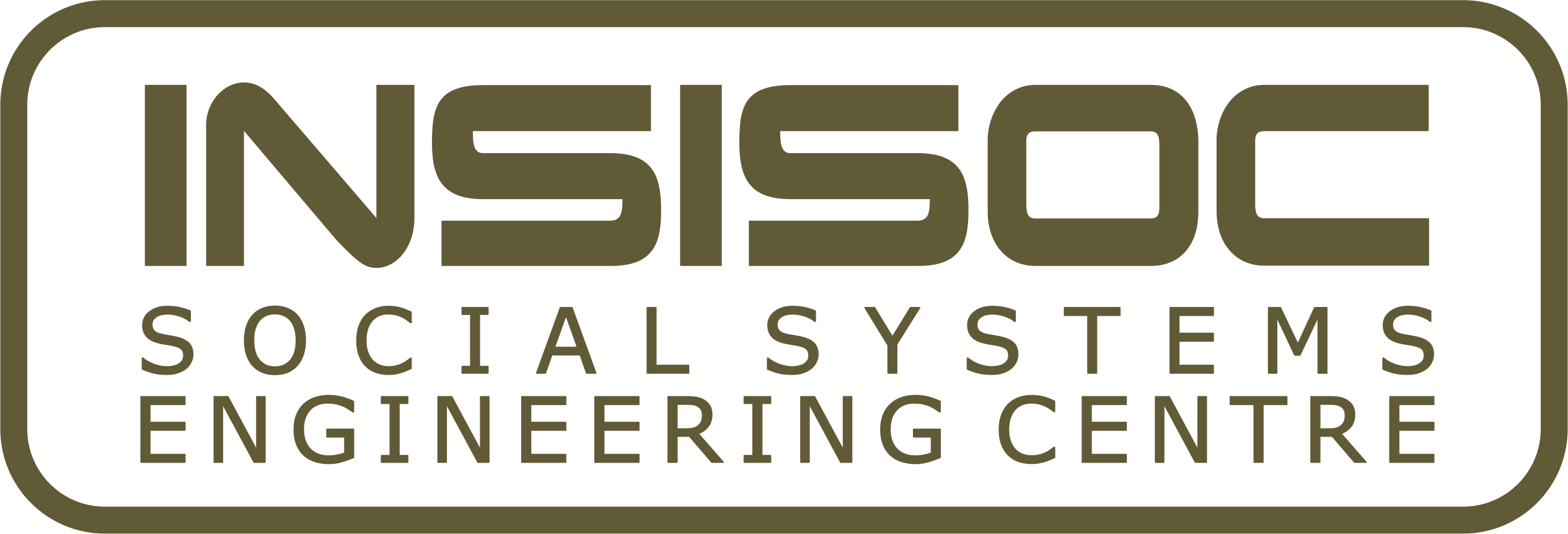Agent-Based Additive-Manufacturing markets to improve business competitiveness: exploiting the potential of Combinatorial Auctions (ABAMCA)
Mercados de fabricación aditiva basados en agentes para mejorar la competitividad empresarial: explotando el potencial de las subastas combinatorias (ABAMCA)
En el contexto de la fabricación aditiva, el objetivo del proyecto ABAMCA es investigar y desarrollar nuevas metodologías para la asignación de clientes industriales (quienes subcontratan la producción de subcomponentes) a diferentes proveedores (fabricantes que están cualificados para la producción de esos subcomponentes empleando impresión 3D). En concreto, el proyecto aplicará subastas combinatorias y metodologías de modelado basado en agentes para reducir el actual desequilibrio entre la oferta y la demanda en el mercado de fabricación aditiva para la fabricación de subcomponentes.
El resultado final de este proyecto será un modelo piloto de plataforma marketplace en la que las empresas cliente podrán solicitar la producción de los subcomponentes requeridos, y las empresas fabricantes podrán pujar por las combinaciones de pedidos que les interesa producir en tanto que optimizan la capacidad productiva de sus máquinas de fabricación aditiva. La plataforma será validada mediante su aplicación a diferentes casos de estudio en empresas españolas de fabricación aditiva.
KEYWORDS:
Additive manufacturing, agent-based modeling, combinatorial auctions, market design
Background and justification
Additive manufacturing (AM) is a technology with transformative and disruptive potential in almost every industry (Glas et al. 2021; Byskov and Vedel-Smith 2023). However, due to the high cost of high-performance AM machines – especially metal AM machines -, it might be more interesting for most industrial companies to outsource the production of some of the subcomponents to specialized AM manufacturers (Li et al. 2019). These consequent changes in the supply chain are leading to a redesign of production networks in which new markets are emerging (Meyer et al. 2021). These markets involve a set of subcomponent-demanding companies (i.e., customer companies) and a set of companies that use additive manufacturing to provide the demanded subcomponents (i.e., supplying companies).
Currently, customer-supplier allocation is mainly done in a distributed manner in these markets (Stein et al. 2019; Graesch et al. 2021). This implies that when a customer company decides to outsource the manufacturing of a subcomponent, it needs to explore the 3D printing market to find a supplying company that fits its needs. This distributed allocation process presents certain inefficiencies, both from the customer (demand) and manufacturer (supply) sides:
• Customer companies need to invest resources to contact different manufacturers to determine whether they have sufficient capacity/availability to manufacture the requested parts and if so, negotiate a contract with the selected manufacturer.
• Additive-manufacturing suppliers have limited capacity. Depending on the volume of production demanded by a customer, a manufacturer may be forced to use its resources inefficiently. For example, if it needs to produce a small number of parts for a single customer, the manufacturer may need to use a machine far below its capacity.
Besides, since AM is not yet a mature technology, AM manufacturers may differ in their capabilities and thus it may be difficult for demanders to find an appropriate supplier (Rayna et al. 2015). On the opposite side, AM suppliers need to evaluate their capability for manufacturing the specific goods demanded to them and analyze whether it is profitable to produce the orders. This imbalance between supply and demand and the high transaction costs incurred by demanders and suppliers of AM services are two inefficiencies that have been identified by researchers in recent years (Cui et al. 2022; Wu et al. 2022)
In additive manufacturing (AM), scheduling parts with similar characteristics in the same builds helps to obtain an efficient production plan (Oh et al. 2020; Zhang et al. 2020). For example, a 3D printing tray can be shared to generate, simultaneously, orders from different customers (Hedenstierna et al. 2019). Our initial hypothesis is that if manufacturers had access to information about which subcomponents are in demand in the market (i.e., the parts demanded not only by their own customers but by all customers in the market), they could offer to different potential customers the production of some of the required parts, using the same machine to produce a combination of parts for different customers. We consider that this market configuration will lead to a more efficient and sustainable use of the productive capacity of the sector, as it would result not only in a higher welfare of the supplier AM companies (i.e., a more efficient use of their resources) but also in a higher welfare of the client companies (i.e., access a wide range of producers and more competitive prices).
In this context, our proposal consists of creating a centralized platform that allows for an efficient allocation of customers and suppliers in the emerging additive manufacturing market for subcomponents. For this purpose, we will use as a methodology the theory of combinatorial auctions combined with Agent-Based Modeling (see Section 3.2).
The figure below shows a schematic of how the business transactions will be coordinated in the platform. Customer companies (represented in columns) request subcomponents to be manufactured. Additive-manufacturing suppliers (represented in rows) compete to win those production orders. Each order request will be considered an item of the auction. A third party called the manager (or auctioneer) is the agent who coordinates trade between customers and suppliers. Suppliers will have the opportunity to send production offers (i.e., bids) to manufacture combinations of orders that optimize their production capacity. In the example shown Figure 1, each of the three customer companies requests the production of one order (i.e., items colored in red, green, and yellow). ‘Manufacturer a’ bids for the production of the 3 orders (i.e., the combination of items highlighted in blue); ‘Manufacturer b’ bids for the production of 2 orders (i.e., the combination of items highlighted in green) and ‘Manufacturer c’ bids for the production of one order (i.e., the item highlighted in yellow). Over successive rounds, customer companies can raise their bids (i.e., the price they are willing to pay in each round for the orders requested) consistently below their reservation price, and manufacturers can lower their bids (i.e., the fee for which they are willing to produce each combination of items) always above their manufacturing costs. The auctioneer will solve the allocation of orders to suppliers.
This platform entails advantages for both sides of an AM market. On one side, customers can access a large number of manufacturers with minimum effort. On the other hand, AM suppliers can combine orders from different customers to optimize their production capacity.
Some existing digital marketplaces help match supply and demand. However, those systems merely facilitate bilateral conversations between customers and suppliers, so they do not actually make any customer-supplier allocations and therefore, no optimization is made (Holzmann et al. 2020).
References:
- Byskov J, Vedel-Smith N (2023) Additive Manufacturing. In: Madsen O, Berger U, Møller C, et al. (eds) The Future of Smart Production for SMEs: A Methodological and Practical Approach Towards Digitalization in SMEs. Springer International Publishing, Cham, pp 357–362
- Cui J, Ren L, Mai J, et al (2022) 3D Printing in the Context of Cloud Manufacturing. Robot Comput Integr Manuf 74:102256. doi: https://doi.org/10.1016/j.rcim.2021.102256
- Glas AH, Meyer MM, Eßig M (2021) Business Models for Additive Manufacturing: A Strategic View from a Procurement Perspective BT – Industrializing Additive Manufacturing. In: Meboldt M, Klahn C (eds). Springer International Publishing, Cham, pp 483–499
- Graesch JP, Hensel-Börner S, Henseler J (2021) Information technology and marketing: an important partnership for decades. Ind Manag Data Syst 121:123–157.
- Hedenstierna CPT, Disney SM, Eyers DR, et al (2019) Economies of collaboration in build-to-model operations. J Oper Manag 65:753–773.
- Holzmann P, Breitenecker RJ, Schwarz EJ, Gregori P (2020) Business model design for novel technologies in nascent industries: An investigation of 3D printing service providers. Technol Forecast Soc Change
- Li Q, Zhang D, Kucukkoc I (2019) Order acceptance and scheduling in direct digital manufacturing with additive manufacturing. IFAC-PapersOnLine 52:1016–1021.
- Meyer MM, Glas AH, Eßig M (2021) Systematic review of sourcing and 3D printing: make-or-buy decisions in industrial buyer–supplier relationships. Manag Rev Q 71:723–752. doi: 10.1007/s11301-020-00198-2
- Oh Y, Zhou C, Behdad S (2020) The impact of build orientation policies on the completion time in two-dimensional irregular packing for additive manufacturing. Int J Prod Res 58:6601–6615.
- Rayna T, Striukova L, Darlington J (2015) Co-creation and user innovation: The role of online 3D printing platforms. J Eng Technol Manag 37:90–102.
- Stein N, Flath CM, Walter B (2019) Towards open production: Designing a marketplace for 3D-printing capacities. In: 40th International Conference on Information Systems, ICIS 2019
- Wu Q, Xie N, Zheng S, Bernard A (2022) Online order scheduling of multi 3D printing tasks based on the additive manufacturing cloud platform. J Manuf Syst 63:23–34.
- Zhang J, Yao X, Li Y (2020) Improved evolutionary algorithm for parallel batch processing machine scheduling in additive manufacturing. Int J Prod Res 58:2263–2282.


